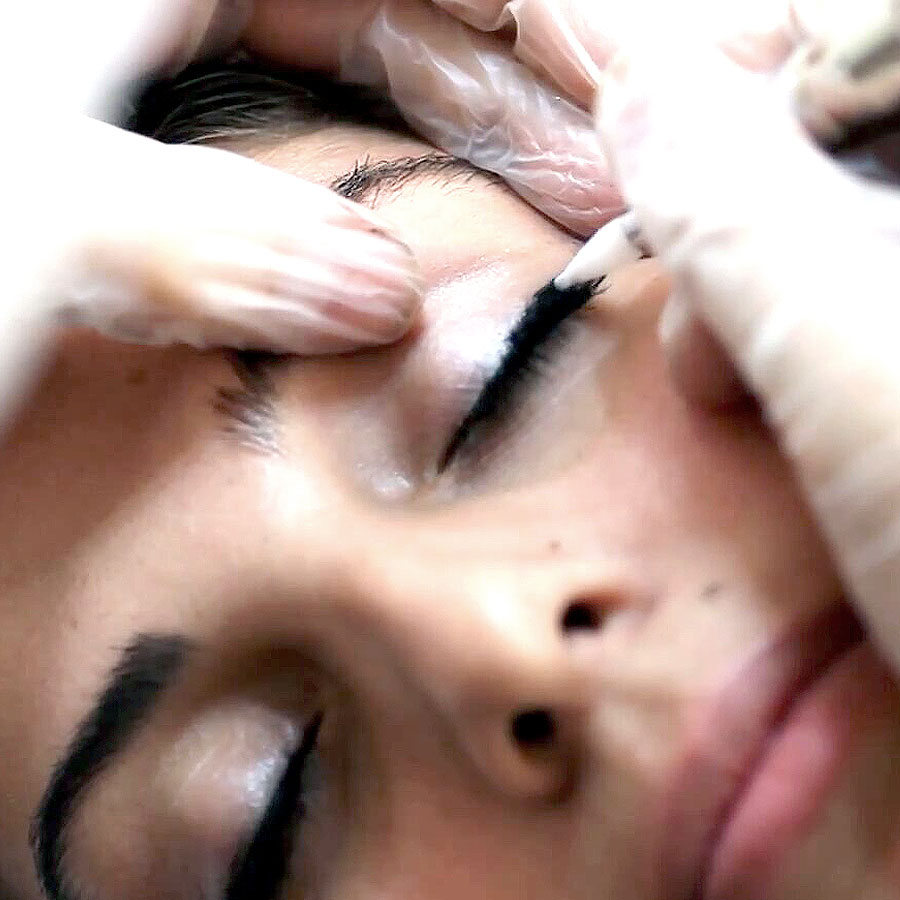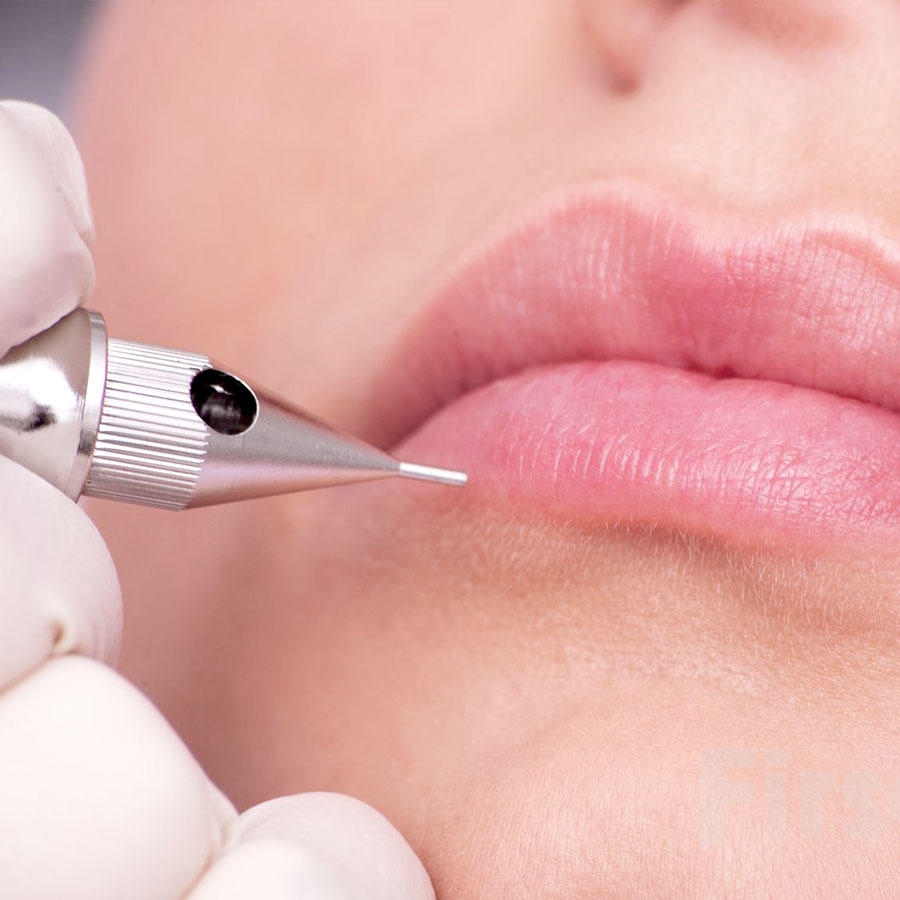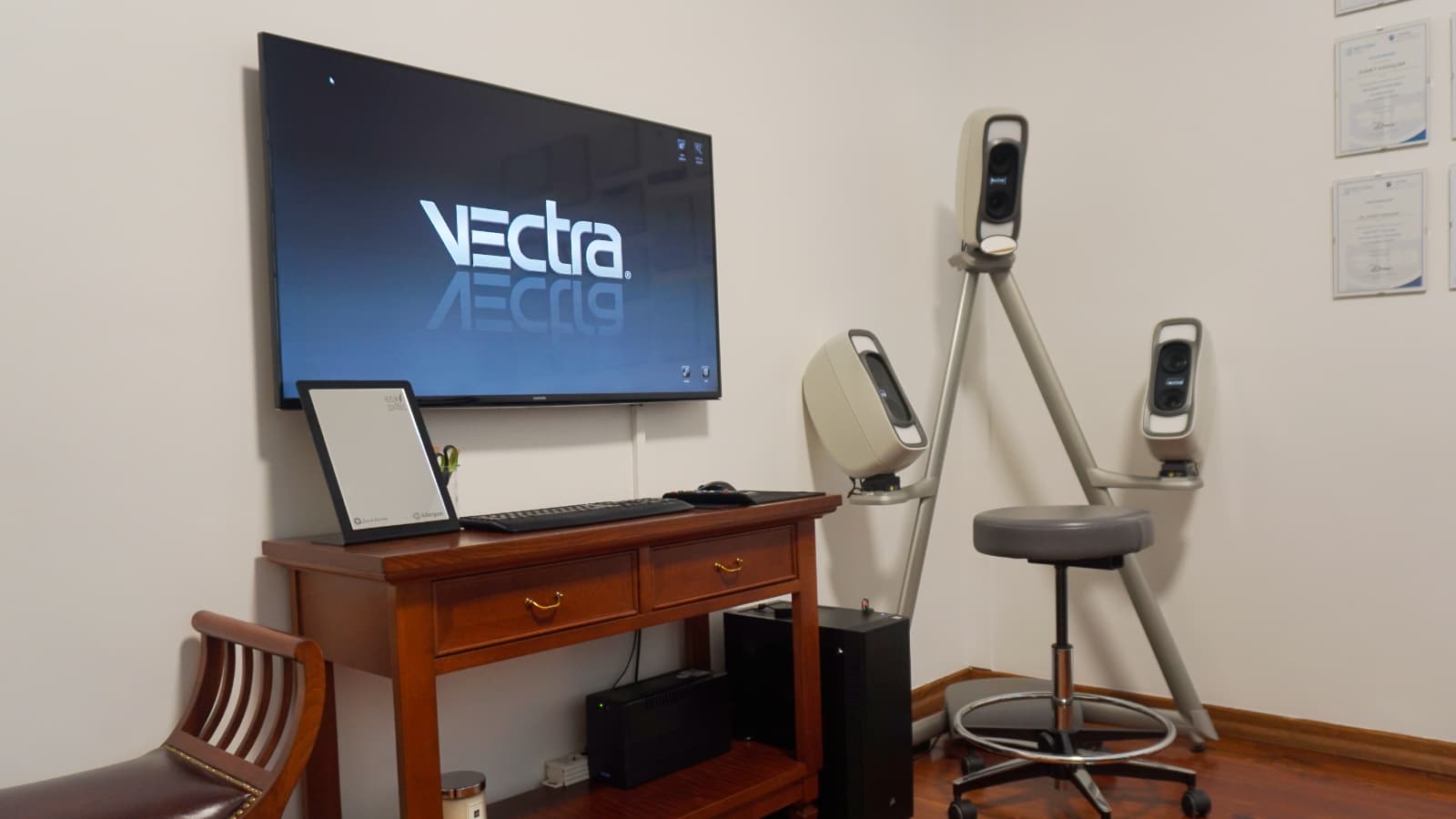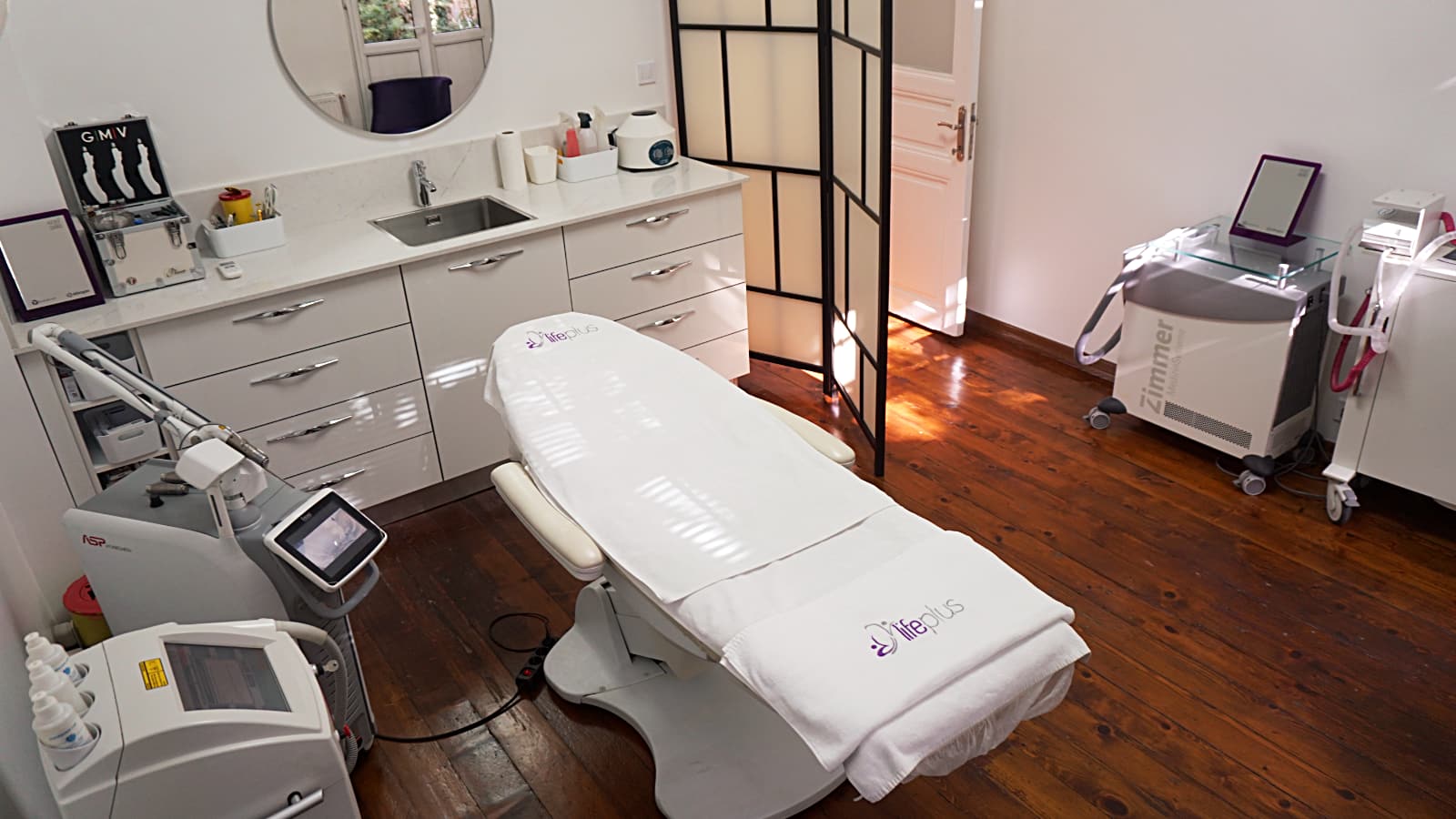Permanent Makeup
Permanent makeup is the procedure in which a water based dye comprised of colorful pigments are applied into the upper skin layer (epidermis) of light colored areas due to loss of pigment or naturally light colored areas, helping us visually better define them.
Since permanent makeup is applied to the layer closest to the outer layer of the skin, it fades in time. While it is different for everyone the average visibility is 2 – 4 years. After this period it fades.
It is different than a tattoo in the sense that, tattoos are permanent because they are applied to the lower layers of the skin.
Color pigments are slowly lost and the color fades away. If touch-up procedures are implemented regularly permanent make up can remain for long years.
FAQs
Permanent Makeup can be used for;
- Eyebrows,
- Eyeliner,
- Dipliner,
- Lip contour,
- Areola and nipple restoration,
- To mask areas with vitiligo,
- Masking alopecia with hair like lines,
- Masking scars and spots on skin.
Who Can Not Have Permanent Makeup?
- People with diabetes,
- People with AIDS or hemophilia.
Is There Pain During Permanent Makeup Procedure?
Local anesthetic cream is applied to procedure areas 30 minutes prior to the procedure. Depending on where the application is there may be sensitivity. General consensus is the patient feels a stinging sensation.
Who Should Consider Permanent Makeup?
- People who prefer a well-groomed look at all times,
- People who can not find the time to put on makeup,
- People who do not prefer to clean makeup constantly because it smudges in water, sea or sauna (Sports people),
- People with conditions refraining from putting on makeup (eye problems, shaking hands),
- People with irregular eyebrow shapes,
- People who have lost volume or completely lost their eyebrows due to medical or natural reasons,
- People with thin eyelashes or people who have lost their eyelashes due to reasons such as hordeolum,
- People with indistinct lip borders or people that want fuller and more vivid lips,
- People who lose pigments on the borders of their lips,
- People with cleft lips.
After Permanent Makeup Procedure The Patient Should;
- Refrain from direct sunlight for 10 days,
- Not swim, be in a steam room or sauna for 10 days,
- Protect the procedure area (the area should not be scratched, it should not be dried roughly with a towel or rubbed),
- Not apply cosmetic products in the area,
- Moisturize the area with the recommended cream,
- Protect the area by disinfecting the procedure area against infection risks,
- Be cautious to not contact the procedure area with water for 3 days.









